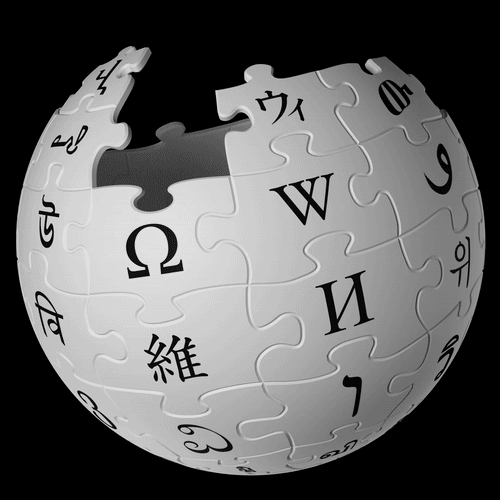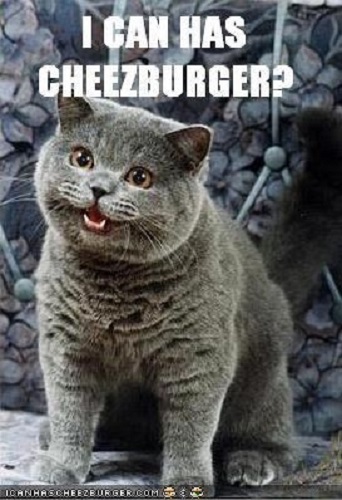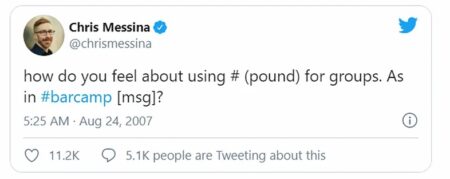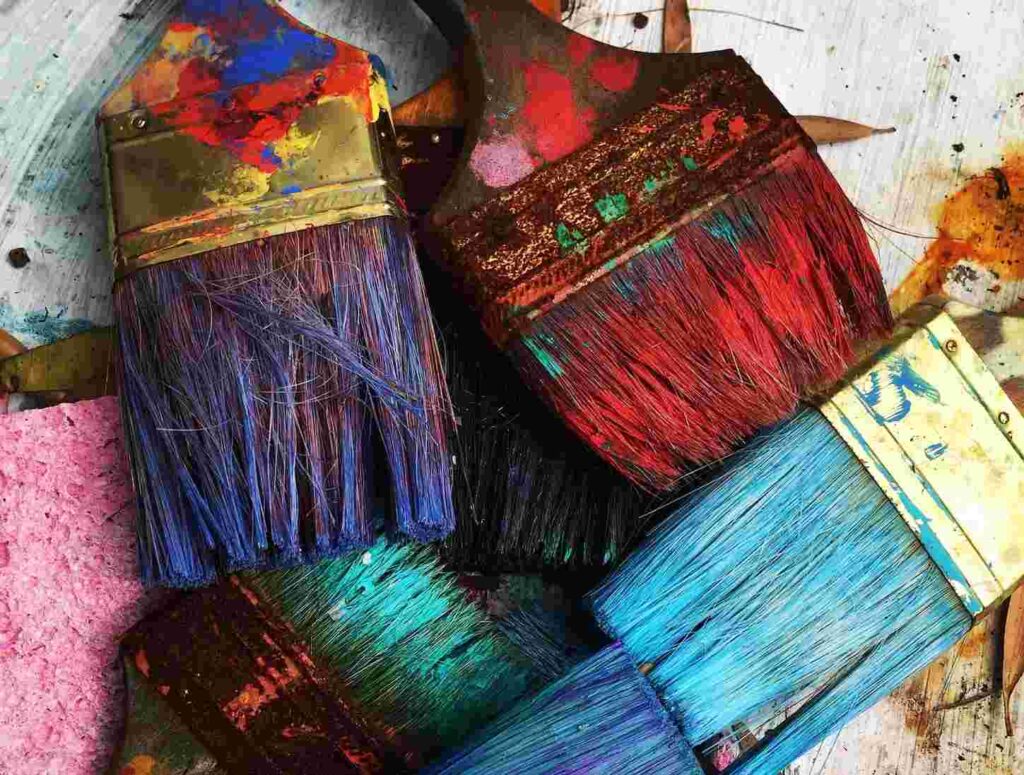The Internet is built on openness and connectivity. Users of the Internet have embedded those same principles into its culture: mass collaboration with people all over the world, sharing and building on each other’s ideas.
New forms of creative expression that were unimaginable just a few years ago have emerged online. The Internet has enabled communities with common interests to emerge to share ideas and inspiration and to learn new skills from one another. It has opened up new opportunities for collaboration and given a voice to millions of people worldwide.
Wikipedia has now become the first port of call for anyone looking to research and learn about virtually any topic. Created entirely by volunteers, Wikipedia has articles on over 6.7 million subjects – from Japanese girl group Aa! to the 1970s dial-a-joke line Zzzzzz.
Online encyclopedias and open-access databases have led to the widespread democratization of knowledge, allowing people to share knowledge, explore new hobbies and side hustles.


Meme culture sees ideas emerge and evolve as they are shared around the world. Macro generators and gif creators make it easy for people to create their own memes – juxtaposing ideas and influences from different worlds and combining them together. Memes are able to transcend cultural and geographical boundaries, almost acting as a language in their own right.
Lolcats, doge, and other image macros have created a new visual form with sarcastic captions and deliberate misspellings posted on top of pictures to be shared on message boards and social media.
Copypasta and creepypasta are new forms of collaborative storytelling that have contributed to a whole world of Internet folklore—a collection of urban legends and viral stories that blur the lines between fact and fiction.
Musicians, artists, writers, filmmakers can share their work with the world at the click of a button. This has produced hybrid art forms and genres as people pick up influences from across the world, cross-pollinating creativity.
On Reddit, over a million users collaborated on r/place, a massive artwork that was created over the course of 72 hours.
Social media platforms, blogging, podcasting, and music streaming platforms have created entirely new careers. YouTuber, Influencer, Podcaster: these are jobs—and words—that simply didn’t exist until recently and would never have been created without the Internet.
“But what to call it? Audioblogging? Podcasting? GuerillaMedia?”
I love how intimate podcasts feel. You can’t listen to a podcast by accident—you have to make a conscious effort to download and listen to them. It gives podcasters the freedom to really explore the subjects they cover. They can take a deep dive in a way that wasn’t possible before. In a way, you start to develop a relationship with the hosts of your favorite shows—even if it’s a one-sided relationship. You feel like you know them.”

Just as the invention of the word podcast was a happy accident, so too was the creation of one of the biggest websites in the world. Launched in 2005, YouTube was initially intended as a dating website.
Co-founder Jawed Karim uploaded the first ever video to YouTube on 24 April 2005, all 19 seconds of it.
The idea was that people would create dating profiles and post videos in the hope of finding romance.
Except it didn’t quite go to plan.
Users weren’t interested in the dating side of the platform but liked how easy it was to upload and share video content. So, the founders ditched the dating idea and started letting users upload whatever they wanted. “They began using YouTube to share videos of all kinds,” Karim said. “Their dogs, vacations, anything.”
While the early days of YouTube saw the site filled with amateur videos and unexpected viral hits (like Charlie Bit My Finger and Keyboard Cat), today, those viral videos sit alongside content produced by professional and semi-professional YouTube creators for their millions of subscribers.

From unboxing, selfies, and BookTok to mukbang and ASMR, user-generated content has led to the development of trends that nobody could have expected.
These trends were made possible by another user-led happy accident: the hashtag. Used on social media, the # symbol collates and organizes content around specific themes, allowing users to find similar posts and join a global conversation around that subject.
It wasn’t a Twitter employee who first had the idea of grouping messages together using hashtags, but product designer Chris Messina.
Messina suggested the idea to Twitter, who initially turned it down, but when he managed to convince apps that were integrated into the platform to adopt the hashtag, Twitter eventually introduced the same functionality.
Since then, the hashtag has been adopted across social media and is used by millions of people every day to express themselves—both creatively and politically. From #BlackLivesMatter to #MeToo, the hashtag has shaped global discourse.
Looking to the future, it’s impossible to predict how the Internet will further help people express themselves. Like Ben Hammersley back in 2004, we just don’t have the vocabulary yet to describe the possibilities.
Read how the Internet has affected other areas of our lives for the better.
Read how the Internet has affected other areas of our lives for the better.
Help protect the Internet from fragmentation.
Help protect the Internet from fragmentation.
Image copyrights:
© RhondaK Native Florida Folk Artist on Unsplash, © Wikimedia, © Cheezburger.com, © Internet Archive, © Medium
